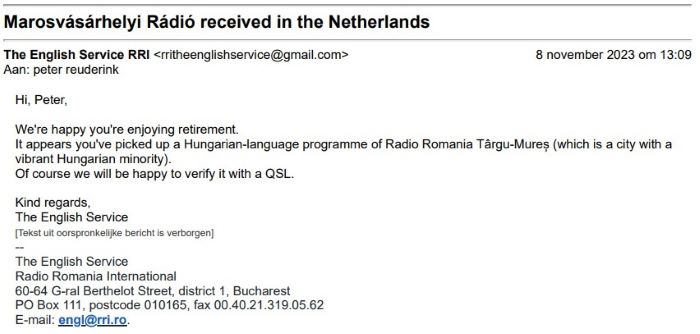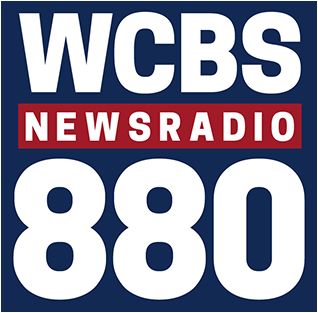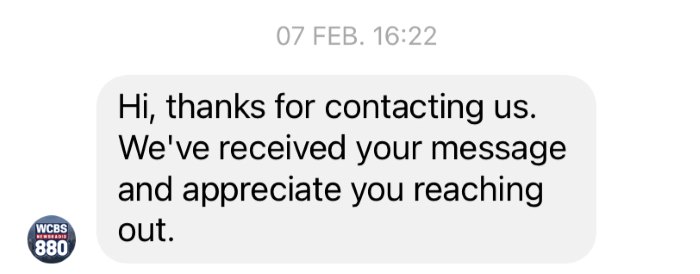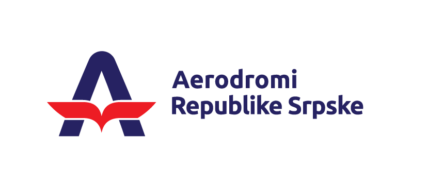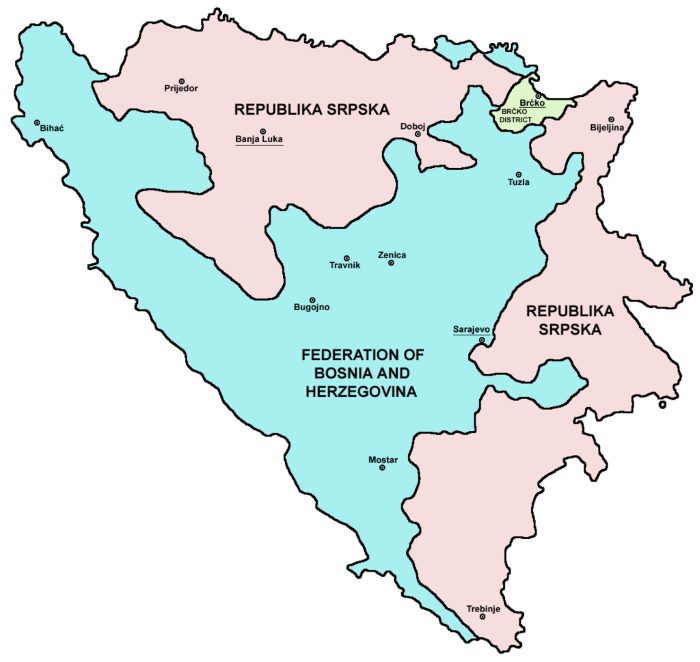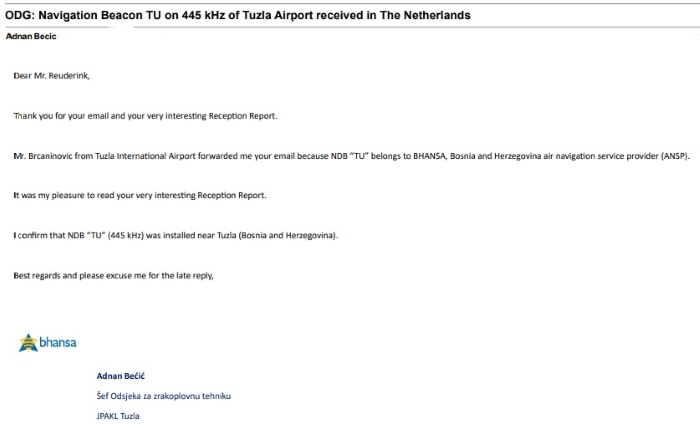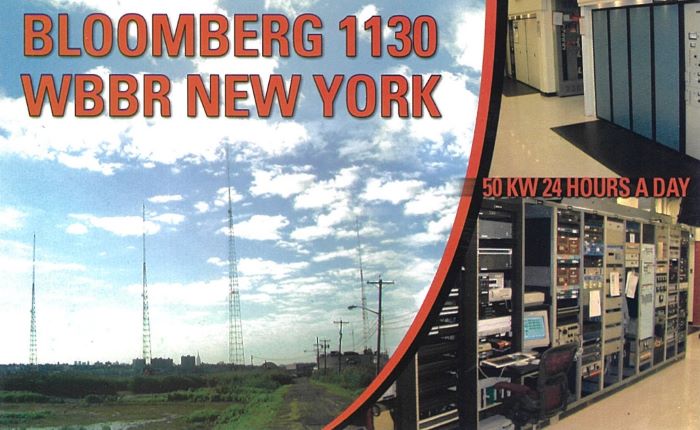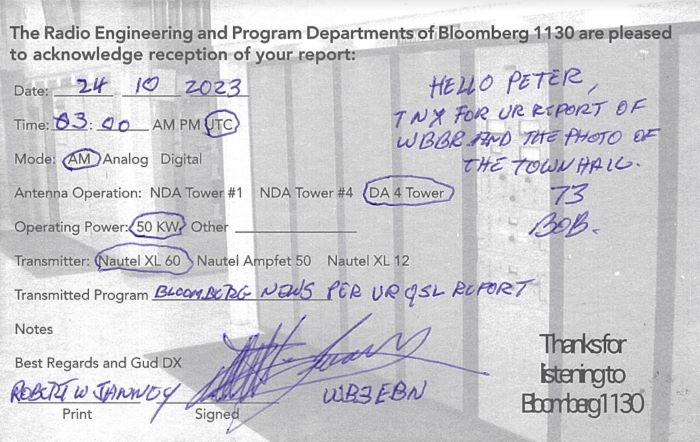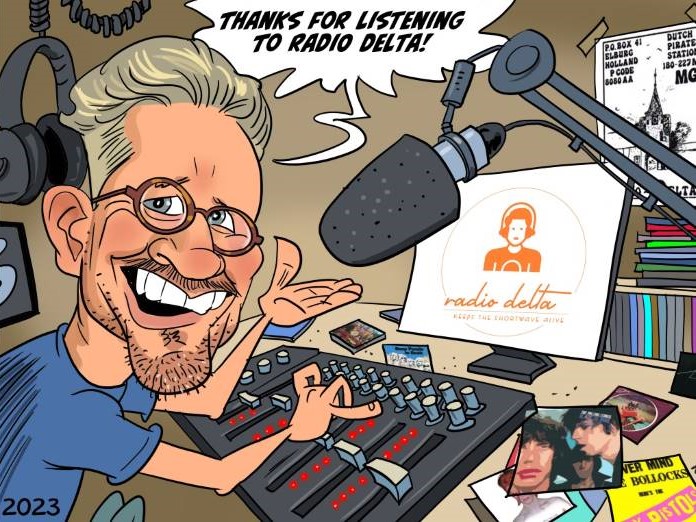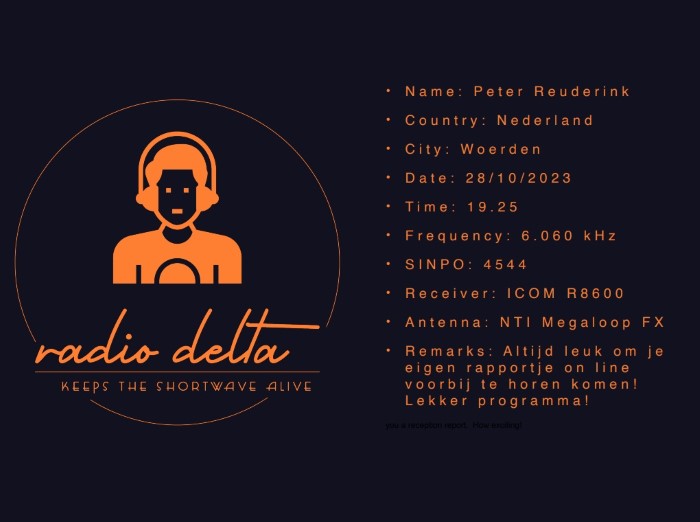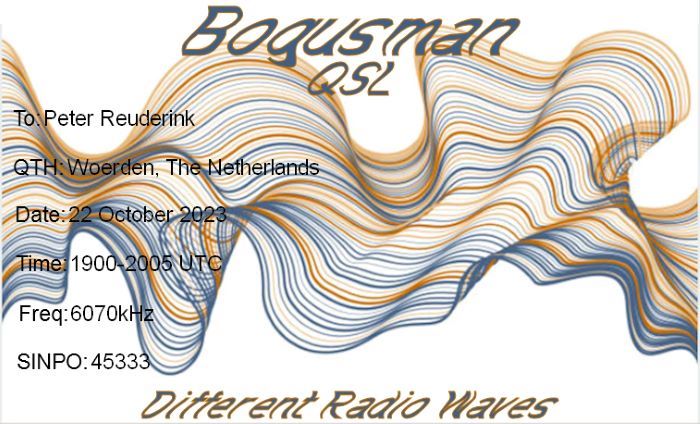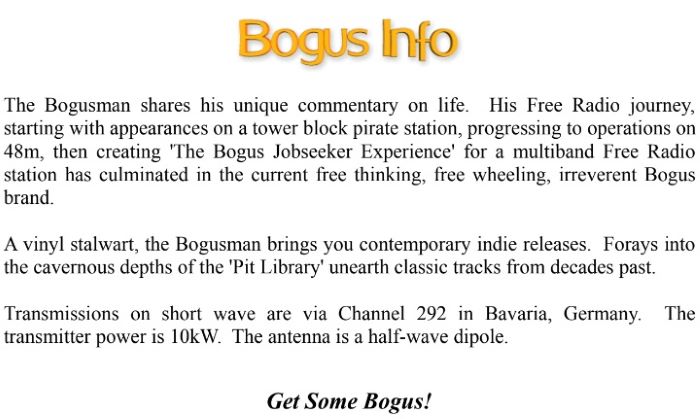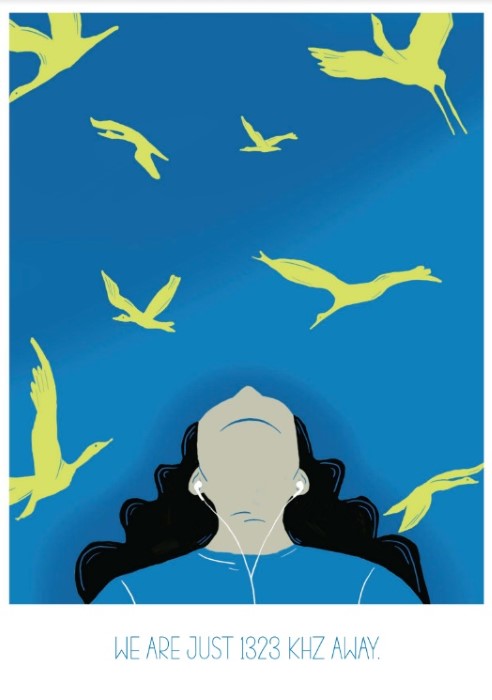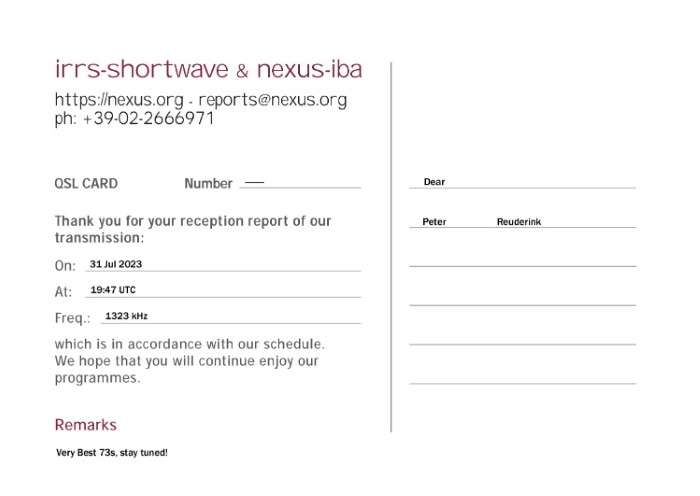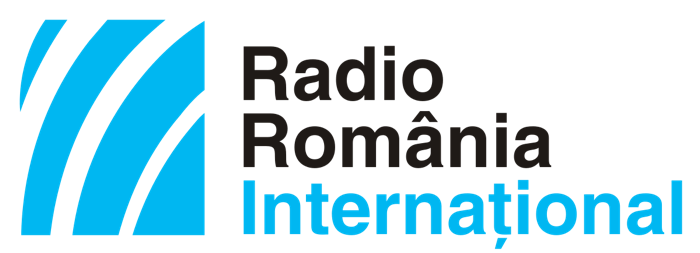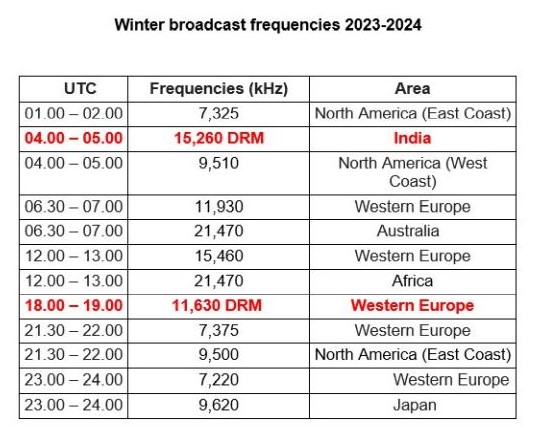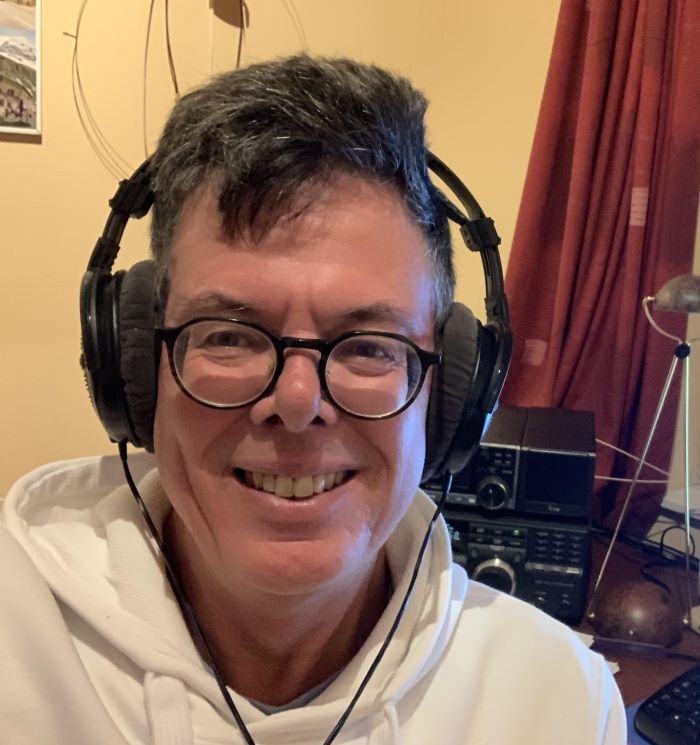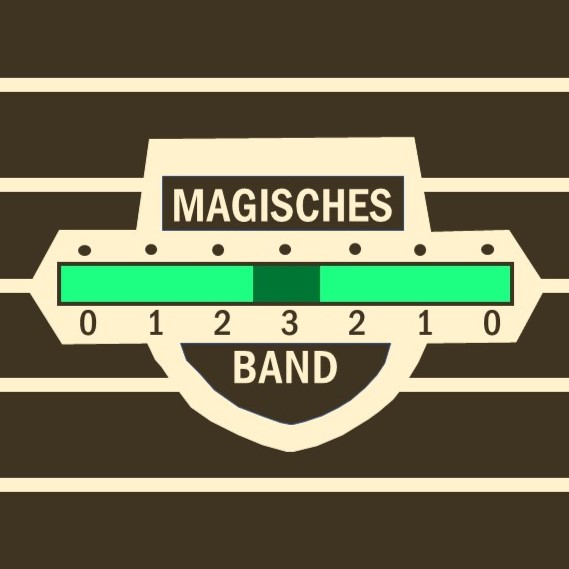
The English desk of Radio Romania was so kind to send me a QSL for my reception of Marosvásárhelyi Rádió on1323 kHz. And even seem to promise a real QSL, so let’s see… I heard them starting their daily transmission with interval signals on chimes or metallophone. This was followed by the Romanian National Anthem at 03:54 h UTC.
Marosvásárhelyi Rádió is a regional radio station broadcasting from Târgu Mureș, located on the river with the same name. Târgu Mureș means “Marketplace at the river Mureș”. The river is called Maros in Hungarian, and vásárhelyi is Hungarian for marketplace.
For a long time the city was part of the Austro-Hungarian empire. All the people living there were Hungarian. But after the First World War the victors wanted to reduce the influence of the empire, and it was agreed that Târgu Mureș should be part of Romania. After WWII the policies of the communist regime under dictator Ceaușescu resulted in the Hungarian speaking population being reduced to a minority (just above 40% these days).
Marosvásárhelyi Rádió started in 1958 with a daily broadcast of 30 minutes in Romanian and 15 minutes in Hungarian. In 1985 all regional stations were prohibited by the communist regime. After the fall of Ceaușescu and his regime in 1989 transmissions were resumed and grew steadily to 15 hours a day. On 1323 kHz you usually hear Radio Marosvásárhelyi Rádió in Hungarian. Weekend days feature an hour of Radio Târgu Mureș Minoritate in the language of the Roma, and an hour Radio Neumarkt in German. By now you should be able to guess where the name Neumarkt comes from…
